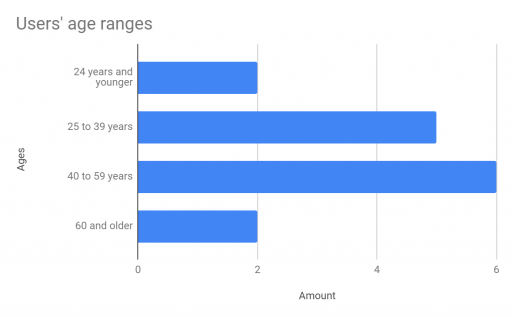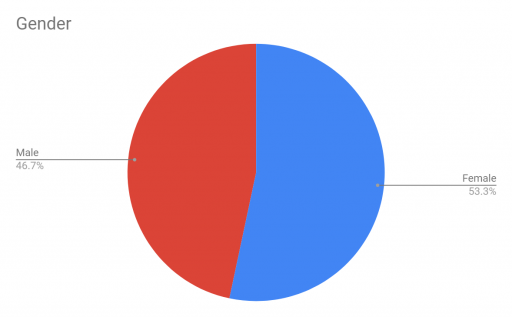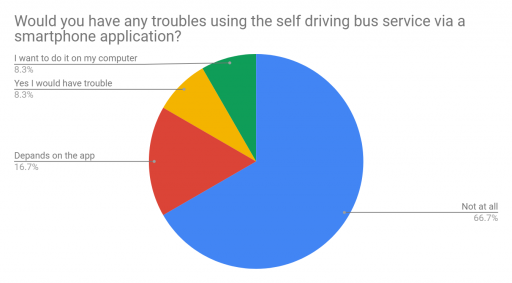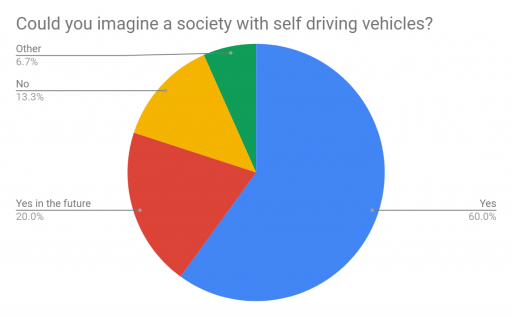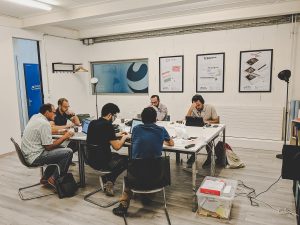Day 5 Test - Design Sprint - A proven use case
Friday
The Sprint started with a big challenge, a motivated team of experts and ... not much more. On Friday, the team has already achieved a great deal of work creating promising solutions, choosing the best one and building it’s prototype, and all this in a collaborative way. The goal of Friday is to go even further by questioning potential future customers of your product and especially by learning their reactions, how do they use/understand the prototype and collect their direct feedback.
Using a prototype allows you to directly test your new digital product with future users without the need to wait for the development of an MVP (minimum viable product) and thus greatly reduces the cost of the process.
Here is the list of the objectives for Friday:
Using a prototype allows you to directly test your new digital product with future users without the need to wait for the development of an MVP (minimum viable product) and thus greatly reduces the cost of the process.
Here is the list of the objectives for Friday:
- interview with the test users
- analysis of the results and definition of the following steps
- conclusion
Friday results for the AVENUE project
In the coming articles, we will expose some elements of our AVENUE Sprint. Indeed, the amount of information created is such that to describe everything here could drown out the message. So we decided to describe only a small part of the results obtained.
Interview with the test users
As part of the AVENUE project, the testing day was shifted. Indeed, the goal of the Sprint was the writing of several potential solutions only. Only once our proposal had been selected, we would start our work (within the framework of the European project) with a first set of user tests that took place a few weeks after the official start of the project.
In a normal Sprint the ideal situation is to have approximately 4-5 testers. As our European project is a bit bigger than your usual project, our partners TPG, Siemens, Amobility and Sales-Lentz completed a total of 15 tests.
In a normal Sprint the ideal situation is to have approximately 4-5 testers. As our European project is a bit bigger than your usual project, our partners TPG, Siemens, Amobility and Sales-Lentz completed a total of 15 tests.
Analysis of the results
In a classic Sprint, teams get together and analyze the results. In our AVENUE project, this was done collaboratively via the writing of a deliverable.
Hereafter, you can find some statistics regarding the results extracted from the deliverable. That is why the following charts are in English.
Hereafter, you can find some statistics regarding the results extracted from the deliverable. That is why the following charts are in English.
In particular, they suggested the following features:
- 6 times - Receive a notification when the bus arrives, pick-up time and departure time
- 4 times - Notifications on delays and interruptions of service
- 2 times - Display of time to the destination
- 2 times - Display of the amount of free places
- 2 times - See the route of the vehicle
- 2 times - Space available for stroller / bike
Conclusion
The conclusion of these tests was very positive. Indeed, we were able to gather information that allowed us to modify the prototype. For example, to highlight more the vehicle compared to the stops, so that it makes it easier for users to identify and click on a vehicle.
We also changed the vehicle occupancy display to show available seats instead of taken seats as suggested.
These changes are perfect examples! The cost of these changes was almost zero. But if we had received these feedbacks from users once the application was developed, they would have cost additional tens of thousands francs comprising the modification of the interfaces on Android, iOS for the four cities demonstrating the project, the modification of the APIs , etc., etc.
We also changed the vehicle occupancy display to show available seats instead of taken seats as suggested.
These changes are perfect examples! The cost of these changes was almost zero. But if we had received these feedbacks from users once the application was developed, they would have cost additional tens of thousands francs comprising the modification of the interfaces on Android, iOS for the four cities demonstrating the project, the modification of the APIs , etc., etc.
End of the day
The beauty of such a Sprint is that the teams now have all the necessary knowledge to repeat the days 4 and 5 in a loop until the imagined product fully meets the expectations of users.
Stay informed
Follow us on LinkedIn.
